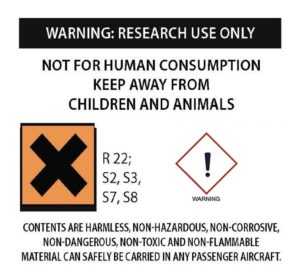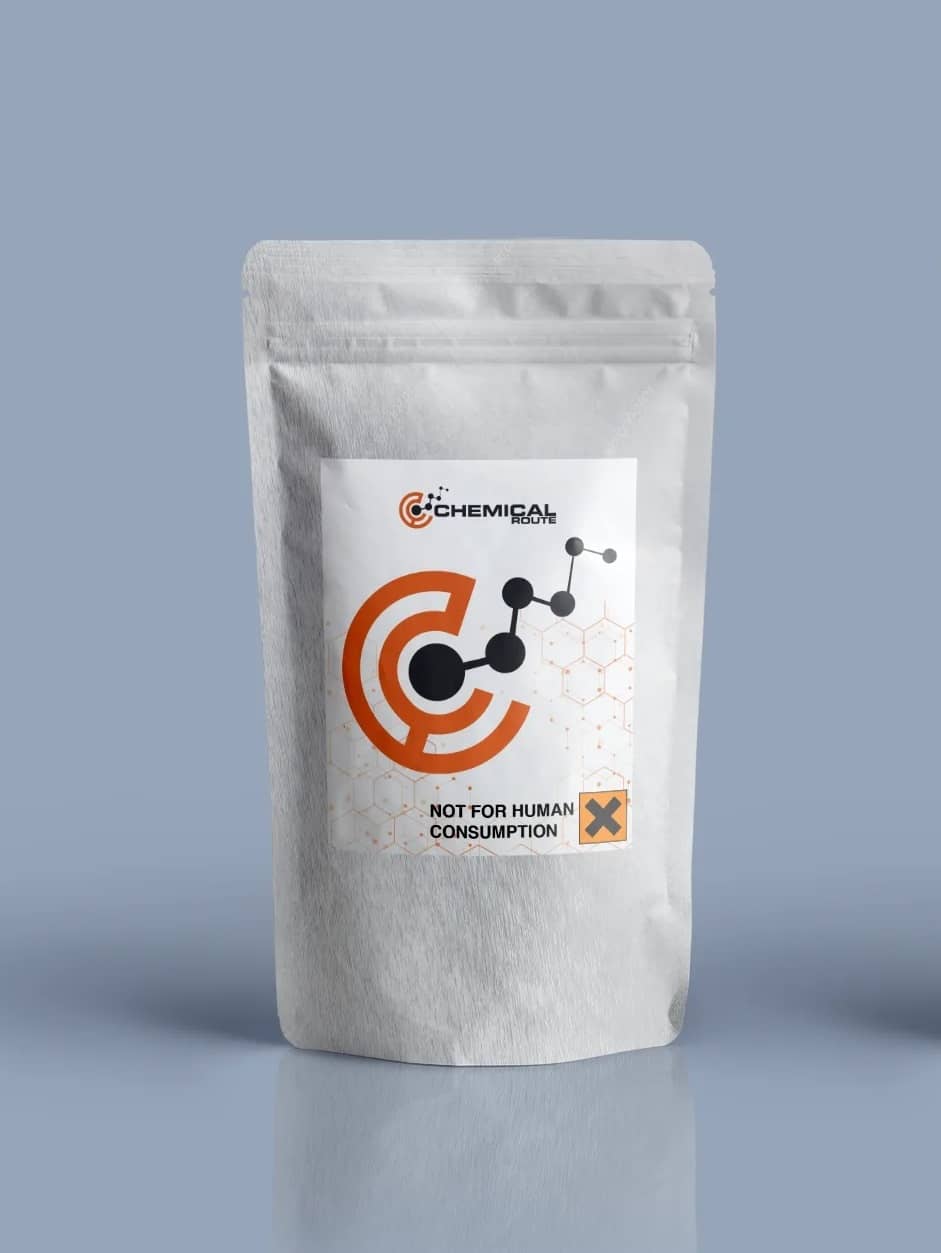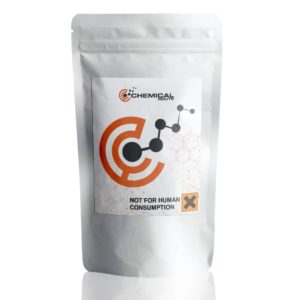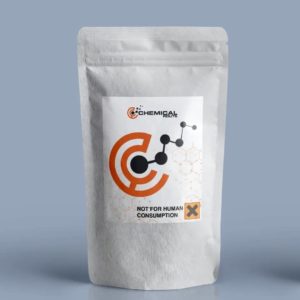Description
MMDA-2, 2-methoxy-4,5-methylenedioxyamphetamine
Product information
IUPAC-name 1-(6-Methoxy-1,3-benzodioxol-5-yl)propan-2-amine
Synonyms MMDA-2, 2-methoxy-4,5-methylenedioxyamphetamine
Formal name 6-methoxy-α-
Cas number 23693-18-7, 64778-82-1 HCI
Formula C11H15NO3, C11H15NO3 • HCl
Molar Mass 209.245 g·mol−1
Purity 98.0 % min.
Formulation Powder, Solid, Crystals
Solubility
- DMF: 30 mg/ml
- DMSO: 30 mg/ml
- Ethanol: 10 mg/ml
- PBS (pH 7.2): 10 mg/ml
MMDA-2, 2-methoxy-4,5-methylenedioxyamphetamine
MMDA-2 is a derivative of the amphetamine class that can be used as a psychedelic drug. It is closely related to the drug known as MMDA.
It can be used as a psychoactive drug. Although it can induce the release of certain chemicals from the rat brain, it does not produce the same effects as amphetamines in drug discrimination studies. Instead, it is believed that it can act as a 5-HT2A agonist, which could explain the hallucinogenic effects of this drug.
In his book PiHKAL, Alexander Shulgin, who is believed to be the first to synthesize MMDA-2, describes how the drug can cause various effects, such as enhancing awareness and empathy. He also states that it can be used safely at a dosage of 30 mg. According to him, this amount of MMDA-2 is very similar to the 80 mg of the drug that’s commonly used for treating various conditions.
According to studies, MMDA-2 is not able to trigger the release of certain chemicals from the brain, such as serotonin and dopamine. This makes it a poor candidate for drug discrimination studies. Instead, it is believed that it can act as a 5-HT2A agonist, which could explain the hallucinogenic effects of this drug.
The toxicological and physiological properties of this compound has not been analyzed. Usage of this Chemical should be for research and forensic purposes only.
WARNING This product is not for human or veterinary use.

This product is only available to persons of 21 years old and above.
Hazard statement(s)
| H302 | Harmful if swallowed |
| H315 | Causes skin irritation |
| H319 | Causes serious eye irritation |
| H332 | Harmful if inhaled |
| H335 | cause respiratory irritation |
| H336 | cause drowsiness or dizziness |
| Precautionary statement(s) | |
| P264 | Wash hands thoroughly after handling |
| P280 | protective gloves/protective clothing/eye protection/face protection |
| P305 + P351 + P338 | IF IN EYES: Rinse cautiously with for several minutes. Remove contact lenses, if present and easy to do. Continue rinsing. |
| P337 + P313 | If eye irritation persists: Get medical advice/attention |
| P261 | Avoid breathing dust/ fume/ gas/ mist/ vapors/ spray |
| P271 | Use only outdoors or in a well-ventilated area |
| P304 + P340 | IF INHALED: Remove victim to fresh air and keep at rest in a position comfortable for breathing |
| P312 | Call a POISON CENTER or doctor/physician if you feel unwell |
| P403 + P233 | Store in a well-ventilated place. Keep container tightly closed |
| P405 | Store locked up |
| P501 | Dispose of contents/container to a licensed disposal company |




Reviews
There are no reviews yet.